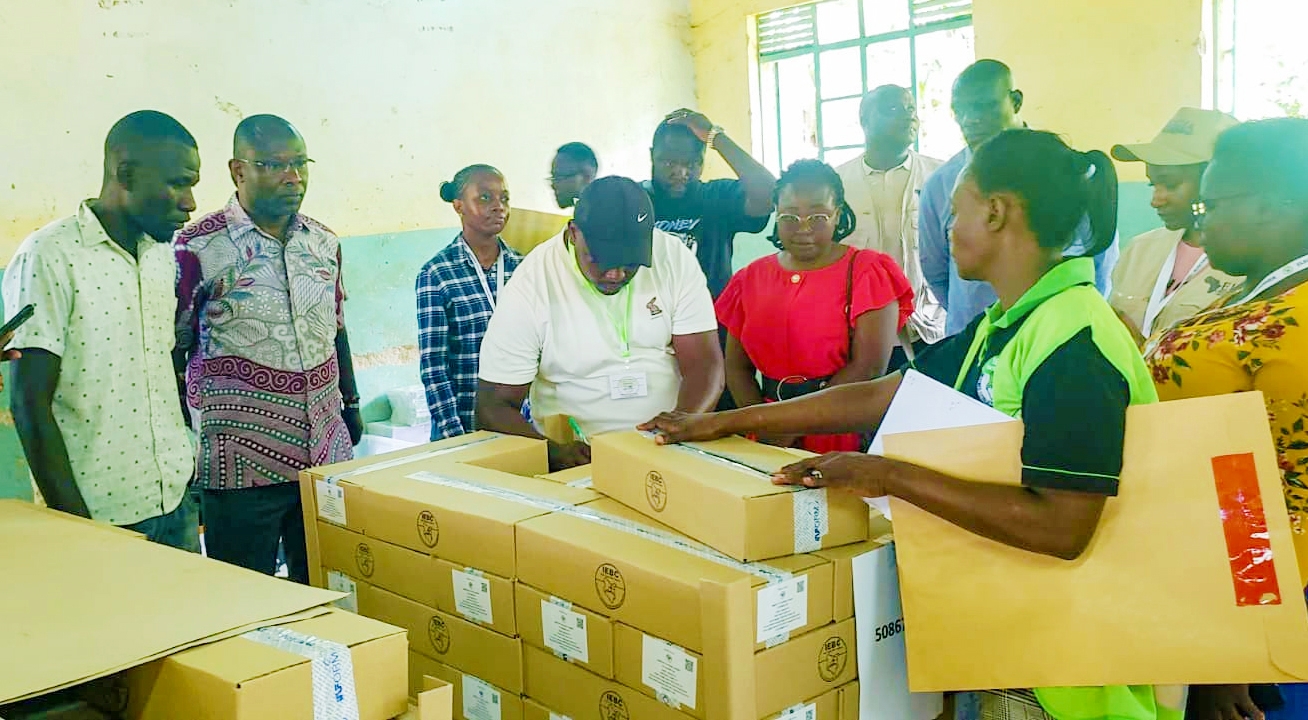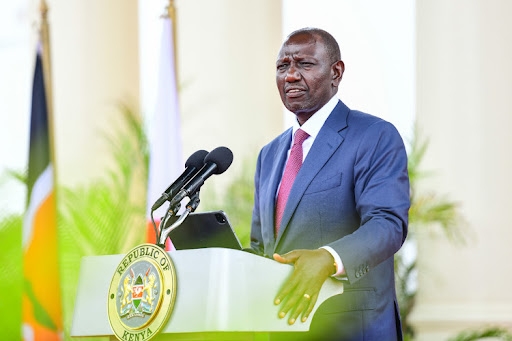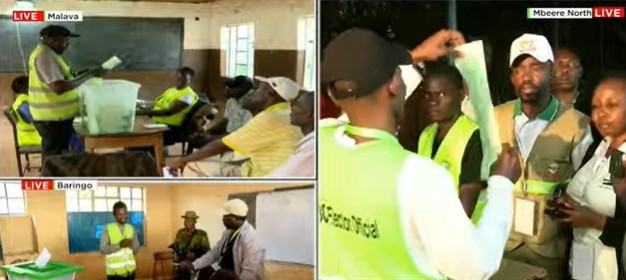The UN-Food and Agriculture Organization has received Sh3.5 billion from the German government to help communities in four East African countries affected by drought.
The money, FAO said, will provide food and other basic goods and services while protecting and restoring livelihoods in drought-stricken communities in Kenya, Ethiopia, Somalia and Sudan.
Of these funds, Ethiopia will receive €7 million (Sh1 billion), Kenya €6.5 million (Sh928 million), Somalia €7.5 million (Sh1.07 billion) and Sudan €4 million (Sh571 million).
An extended, multi-season drought is driving high levels of acute food insecurity across Eastern Africa and more than 22 million people in southern Ethiopia, Kenya and Somalia are in need of urgent humanitarian food assistance (IPC Phase 3 or above).
This is because of crops failure, animals dying, and populations being displaced across the region.
This figure includes 2.6 million people in emergency (IPC Phase 4) in Kenya and Somalia and more than 96,000 people in catastrophe (IPC Phase 5) in Somalia.
The outlook for this year remains bleak, with increasing concerns about depressed rainfall performance for the March to May rainy season across the Horn of Africa.
However, regardless of seasonal performance during the upcoming rainy season, recovery from a drought of this magnitude will take years and humanitarian assistance needs are expected to remain extremely high throughout 2023.
FAO director Rein Paulsen of the Office of Emergencies and Resilience said the region is facing its third severe La Niña-induced drought episode in a decade.
It is on the verge of a catastrophe if humanitarian assistance is not urgently scaled up and sustained.
“We are grateful to the government of Germany for this generous contribution to FAO’s drought response in Eastern Africa at such a critical time,” Paulsen said.
“The current situation demonstrates the urgent need to provide at-scale and sustained humanitarian aid to pull people from the brink of famine and massively scale up investments and policies for disaster risk reduction and resilience building. We must highlight agriculture’s crucial role in achieving a sustainable future for the people of the region.”
He said drought combined with high food prices, poor access to water, sanitation and health services is exacerbating the situation in a region already beset with high levels of food insecurity.
Paulsen said the new funding represents a significant contribution to mitigate the impact of drought on food security and livelihoods by increasing immediate food access in rural communities, safeguarding and restoring livelihoods and rapidly enabling self-reliance.
The intervention seeks to reach almost one million of the most vulnerable people in inaccessible and hard-to-reach rural areas, cutting across all impacted livelihoods.
Under the project, FAO will provide food insecure rural households with unconditional cash transfers through its Cash+ programmes, allowing families to cover basic expenditures in food, health and education.
The plus component of the cash package is aimed at safeguarding livelihoods and enabling self-reliance in food production and nutrition by distributing agriculture assistance packages for farmers.
The packages will comprise seeds, tools, subsidised services and fertilisers, animal feed and water transport support for pastoralists.
FAO is helping farmers across Eastern Africa not just to respond to the effects of climate change, but to proactively adapt to the impacts of the frequent droughts by adopting climate-smart farming practices.
According to the National Drought Management Authority’s report, drought continued to worsen in 22 of the 23 ASAL counties in February.
Marsabit and Turkana slid into emergency drought phase, it indicates.
The report shows nine counties — Kitui, Kajiado, Kilifi, Makueni, Mandera, Samburu, Tana River, Wajir and Isiolo — were in alarm drought phase.
Eleven counties — Baringo, Garissa, Kwale, Laikipia, Lamu, Meru, Narok, Nyeri, Taita Taveta, West Pokot and Embu — were in the alert drought phase.
Tharaka Nithi county is in normal drought phase.
The report says that in February some ASALs counties did not receive any rainfall.
(Edited by V. Graham)













